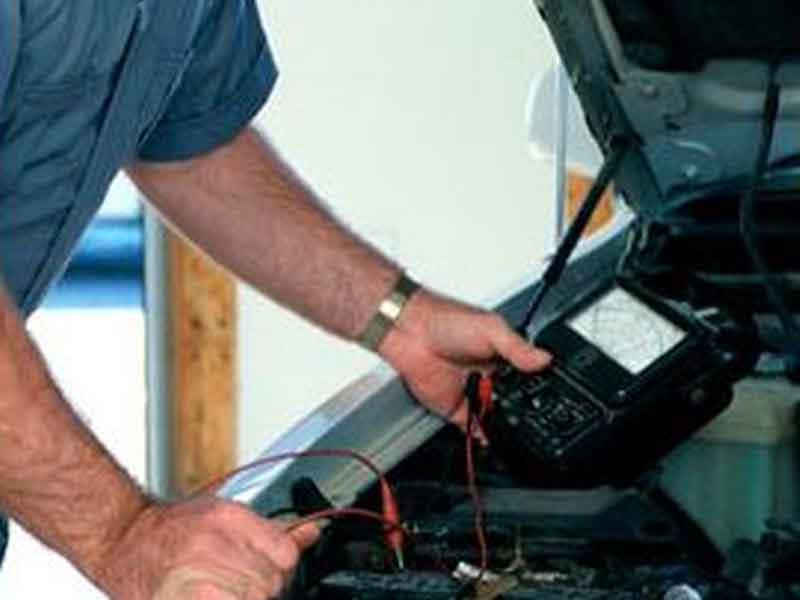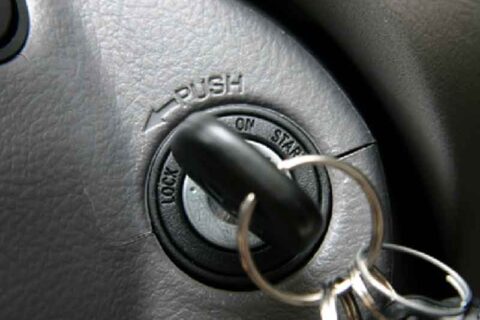A Look at Auto Emissions and Emissions Testing

Thanks to advances in automotive technology, the environmental impact of engine combustion has decreased throughout the years. The development of the catalytic converter was a huge step forward in controlling emissions. But every driver knows, as eco-friendly as their cars may be, emissions testing is now required for all vehicles. Here is some information about emissions testing that can help you better understand how your car works.
What Are the Products of Combustion?
The process of combustion lies at the heart of the automobile engine. Through a combination of fuel and air, your engine is able to produce an extraordinary amount of energy. However, combustion also has many byproducts. The main products of combustion are nitrogen gas, carbon dioxide, and water vapor. In addition to these main byproducts, however, combustion also creates a slew of toxic products that can cause harm both to human health and the environment. For example, impure combustion can produce nitrogen oxides, carbon monoxide, and various other volatile compounds.
What Do Emission Tests Measure?
The purpose of emission tests is to ensure that vehicles are not releasing high levels of harmful compounds like nitrogen oxides, carbon monoxide, and other volatile compounds. Vehicles without properly functioning catalytic converters, for example, tend to release unsafe levels of these chemicals, putting the health of the public at risk.
How has Emission Management Changed?
Older vehicles are at a much larger risk of failing emissions tests. New cars, on the other hand, have a host of modifications to ensure that emission levels remain low. For example, engines in newer cars strictly control the ratio of air and fuel in the combustion chamber to increase efficiency and reduce waste. Furthermore, modern engines include a host of sensory equipment to constantly monitor emission levels.
Thanks to advances in automotive technology, combustion has become a more efficient process. Furthermore, advanced sensor technology has made it easier to fix emission issues quickly and effectively. To learn more about the importance of emission tests, call Murray’s Auto Clinics at 301-585-7557.


